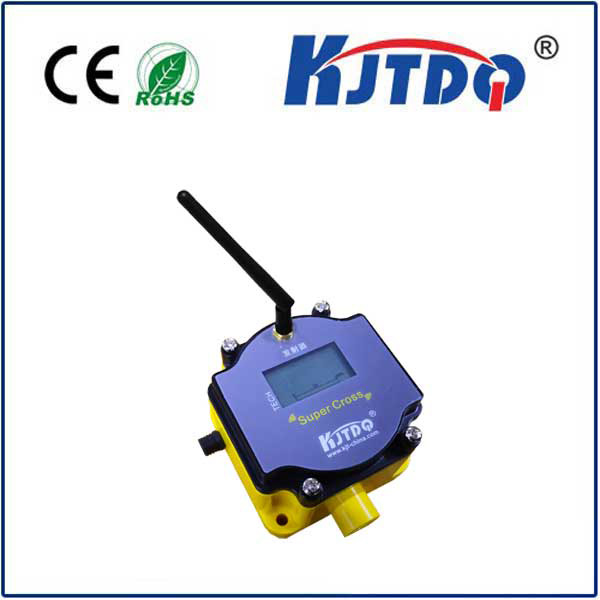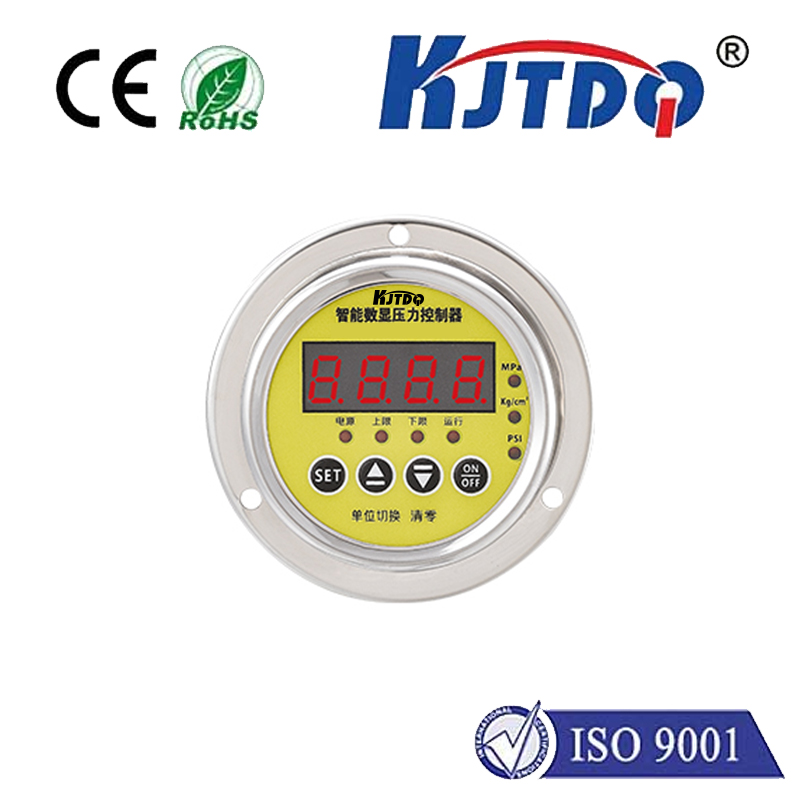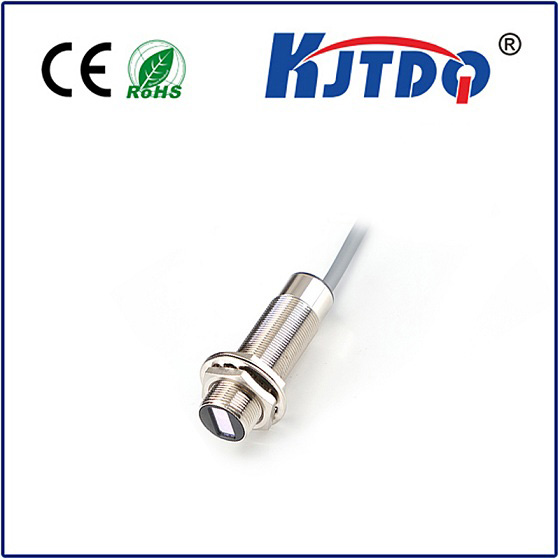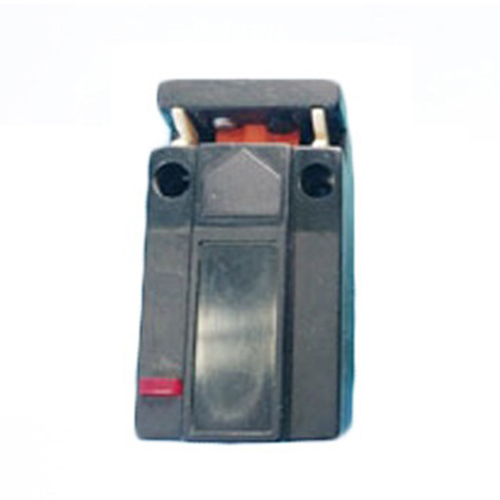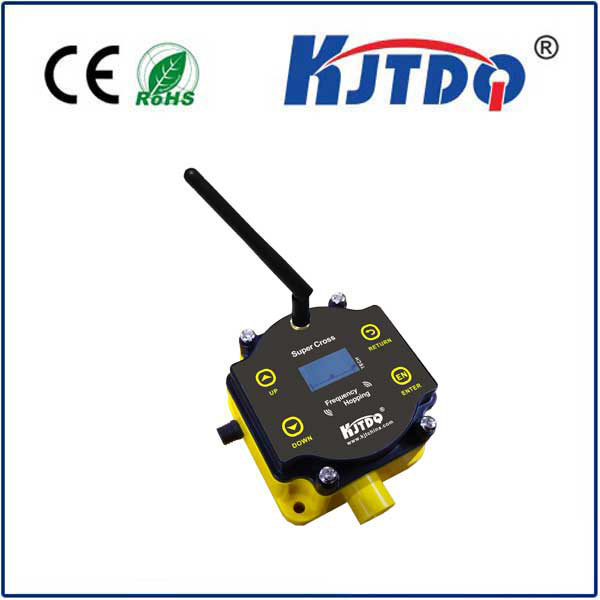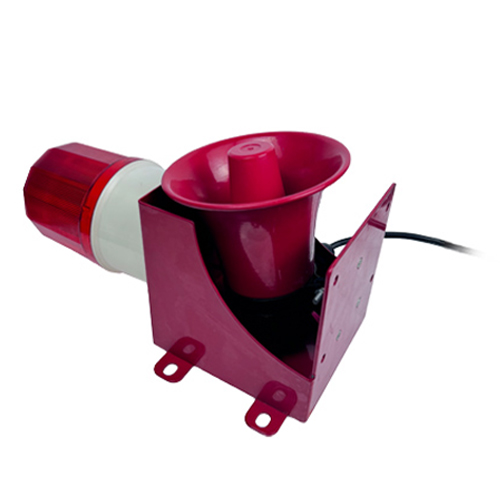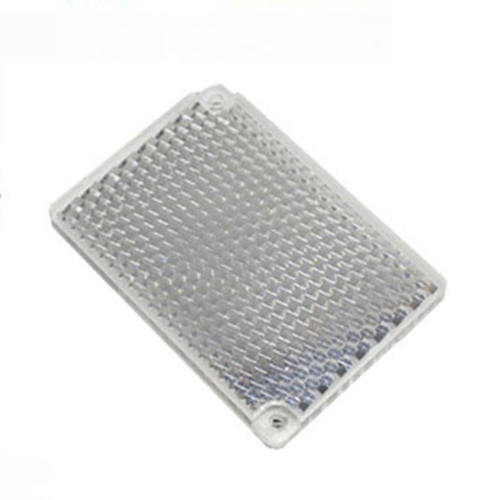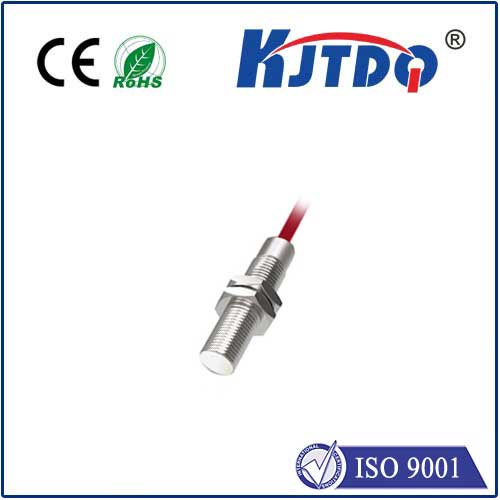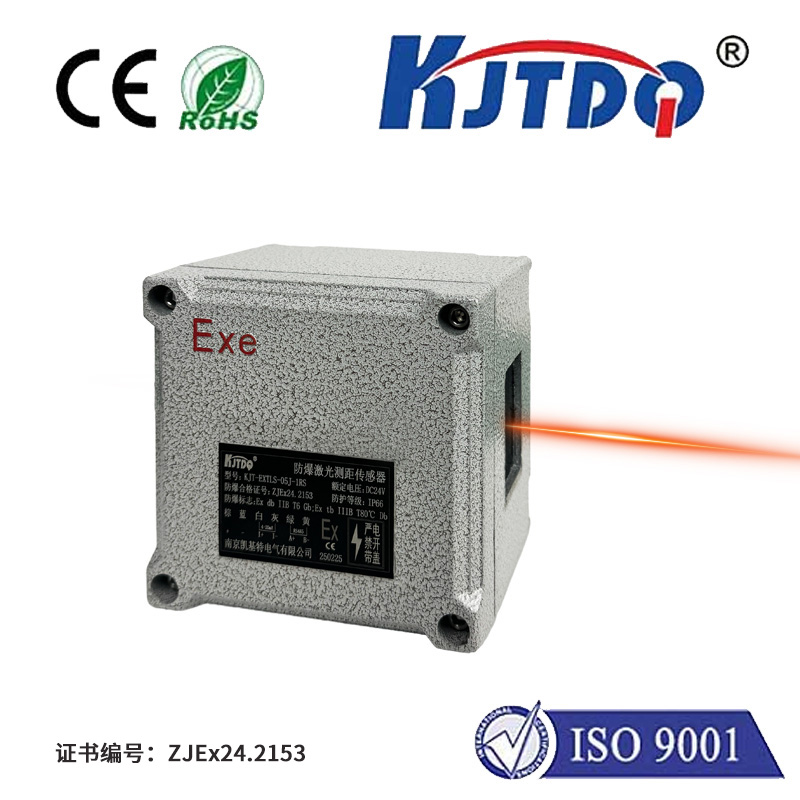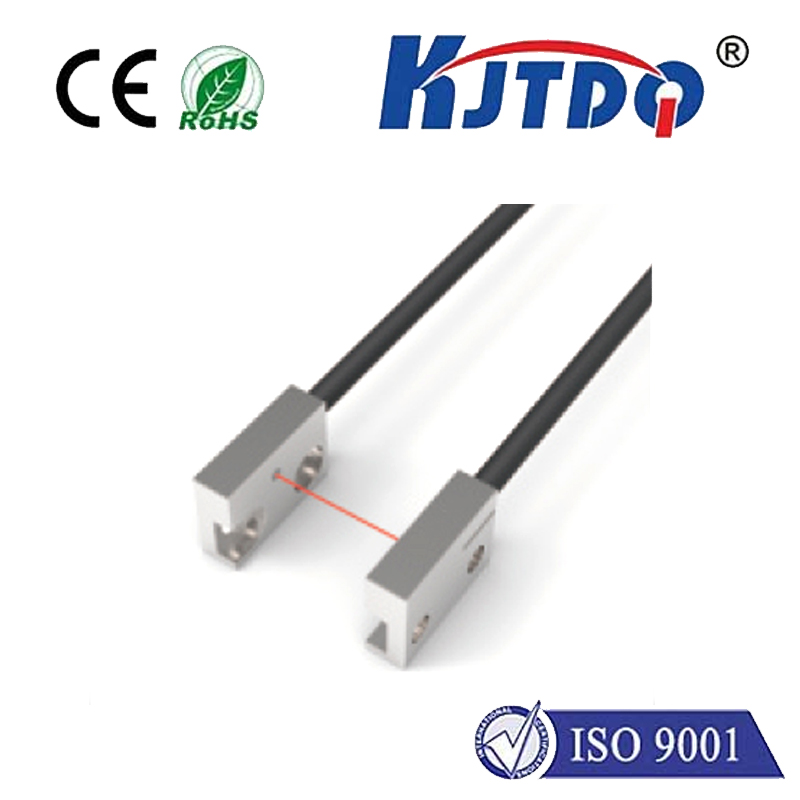Microwave Doppler Radar Sensor: Enhancing Environmental Monitoring and Safety
In today’s rapidly evolving technological landscape, the role of advanced sensors in monitoring our environment and ensuring safety has become more critical than ever. One such innovation that has gained significant traction in recent years is the microwave Doppler radar sensor. This cutting-edge technology is widely used in various applications, from weather forecasting to industrial monitoring, and is instrumental in providing real-time data that supports decision-making and enhances operational efficiency.
The microwave Doppler radar sensor operates on the principle of microwave radiation, which is a form of electromagnetic waves with frequencies in the range of 10 GHz to 300 GHz. Unlike traditional radar systems that use visible or radio waves, microwave Doppler radar uses microwaves to detect and measure the movement of objects, particularly in the atmosphere. This makes it particularly effective for detecting precipitation, wind patterns, and even the movement of large objects like aircraft or vehicles.

One of the key advantages of microwave Doppler radar sensors is their ability to penetrate through clouds and other atmospheric conditions, allowing for accurate measurements even in adverse weather. This is especially valuable in applications such as weather forecasting, where the sensor can provide detailed information about precipitation intensity, wind speed, and direction. By analyzing the Doppler shift in the microwaves, the sensor can determine the velocity of moving objects, which is crucial for predicting storm development and tracking weather systems.
In addition to weather monitoring, microwave Doppler radar sensors are also employed in industrial and safety applications. For example, they are used in air traffic control to monitor the movement of aircraft and detect potential collisions. In agriculture, these sensors help monitor soil moisture and crop health by measuring the movement of water and soil particles. This information is vital for optimizing irrigation and ensuring crop yield.
The integration of microwave Doppler radar sensors into modern systems has been driven by advancements in signal processing and data analytics. These sensors are often paired with other technologies, such as infrared sensors and ultrasonic sensors, to create comprehensive monitoring solutions. The combination of these technologies allows for more accurate and reliable data collection, which is essential for industries that rely on precision and safety.
As the demand for real-time data and predictive analytics grows, the role of microwave Doppler radar sensors is expanding beyond their traditional applications. They are becoming essential components in smart cities, environmental monitoring, and even in the development of autonomous vehicles. The ability to provide continuous, accurate data is a major factor in the success of these applications.
In conclusion, the microwave Doppler radar sensor is a powerful tool that has revolutionized the way we monitor our environment and ensure safety. Its ability to provide detailed and real-time data makes it an indispensable part of modern technology. As we continue to advance in the field of sensor technology, the importance of such innovations will only grow, paving the way for a more connected and efficient world.
